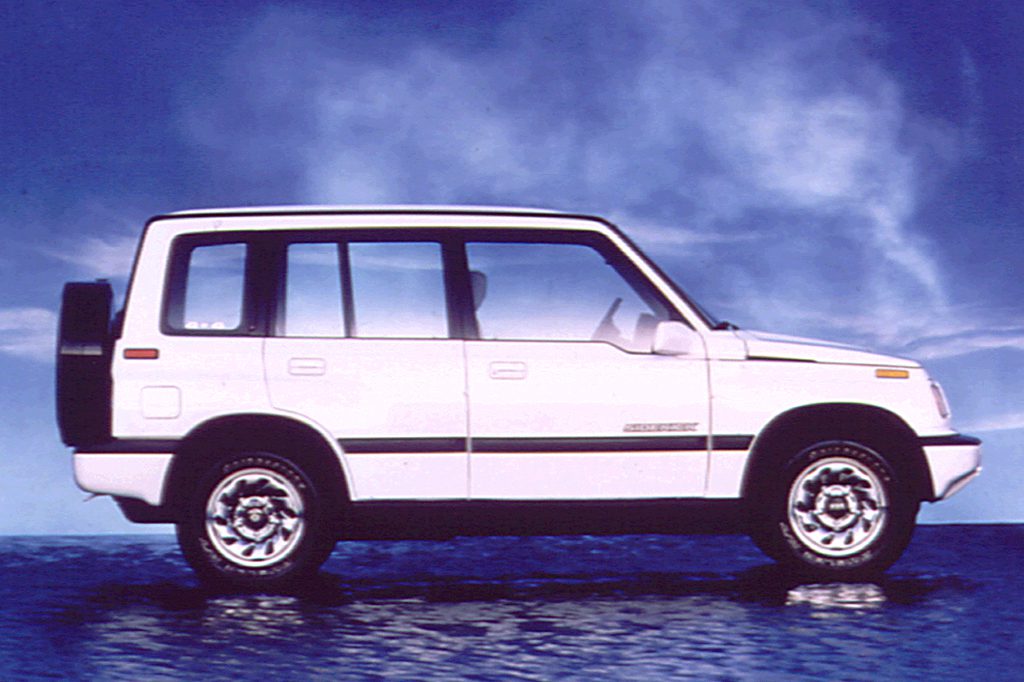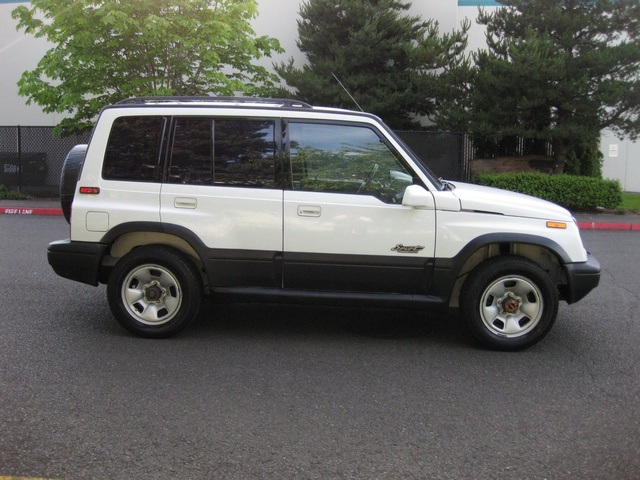
Meanwhile, the 1993 Saab 900 that he’d got to replace the Sidekick was now surplus. My partner John had long wanted one, so he ordered one straight from the factory and was estatic when it was delivered that June. I looked for a used hard top but was unlucky (and the 2000-plus I saw from ebay sellers with them was out of reach of a young man making a community newspaper reporters salary).Īround the beginning of 2005, Mercedes-Benz Canada finally confirmed that they were bringing the Smart Car to this country. In winter the wind leaked around every seam, and the weak heater meant that on really cold days double socks and heavy winter boots were required to stop my feet from getting really cold. However, the sidekick’s biggest issue was the vinyl top. And the four-wheel drive system, while rugged and helpful in deep snow (I never did take it off-road), the rudimentary system required getting out and locking the hubs (and unlocking them when 4wd was no longer necessary). While it was reliable mechanically, the engine started to use oil between changes. However, as I began to get older, the Sidekick’s shortcomings started to get to me. A couple of times I left the front sunroof portion of the car open and the car got caught in a rainstorm, which made the interior pretty smelly until it dried out.

The Sidekick served me well as I finished school and transitioned to the world of full-time work.

However I often drove with the top over the front passenger seats open which was a lot easier to do. I think I only had the top fully down once or twice in the time I’d owned it. I thought this would be great in the summertime however taking the top down and especially putting it back up was more of a chore than I’d anticipated. Around town driving was actually a lot more economical than on the highway – it rose to about 26 mpg versus no more than 20 on the highway. When I finished school for that year and was driving mostly around town I got a nice surprise. I’d have to crank the wheel towards the left lane anytime a big transport went by me, and driving in high winds was…exciting or harrowing depending on ones point of view. Its short wheelbase and high profile meant it got blown around very easily. Highway driving was more adventurous than the Swift. The buzzy little mill seemed happiest when driving at about 105 and no more. While driving at 115 km/h the little engine would be revving at 4200 rpm.
1998 suzuki sidekick manual#
The vehicle had a five-speed manual transmission, but the gearing seemed awfully low. As a highway commuter however it was not the best vehicle. It’s 95-hp 1.6 litter engine had decent low-end pep, and it’s small dimensions would fit in almost all the places that the Swift would. I got to really like the Sidekick, sometimes at least. And until my school career would finish in 1.5 years, my cash reserves were at an all-time low. It was a very nice gesture and a hallmark of our almost 14-year relationship he wasn’t keen on giving me expensive things outright (would ruin my character, as he said) but he would almost always help me out if I was in a jam. I did, but he eventually ended up selling it to me for less than half of its book value.

“Just pay me back when you can,” he said. While he was planning on selling it at the end of the driveway, my lack of a car and my need for one led to him offering it to me. So he went and bought a 1993 Saab 900 and the Sidekick was surplus. He’d bought it a couple years previously but had never really warmed to it, particularly as a highway vehicle. Like my Swift, it had been manufactured at CAMI in Ingersoll. My old Chrysler LeBaron (see previous COAL) was still barely alive as my dad sometimes drove it, but it wasn’t reliable in the least. I didn’t have much money for a car and I was also scared to drive something that small again. So I didn’t really have much choice. After a black-ice related accident totalled my 1999 Suzuki Swift, I was in a somewhat precarious position.


 0 kommentar(er)
0 kommentar(er)
